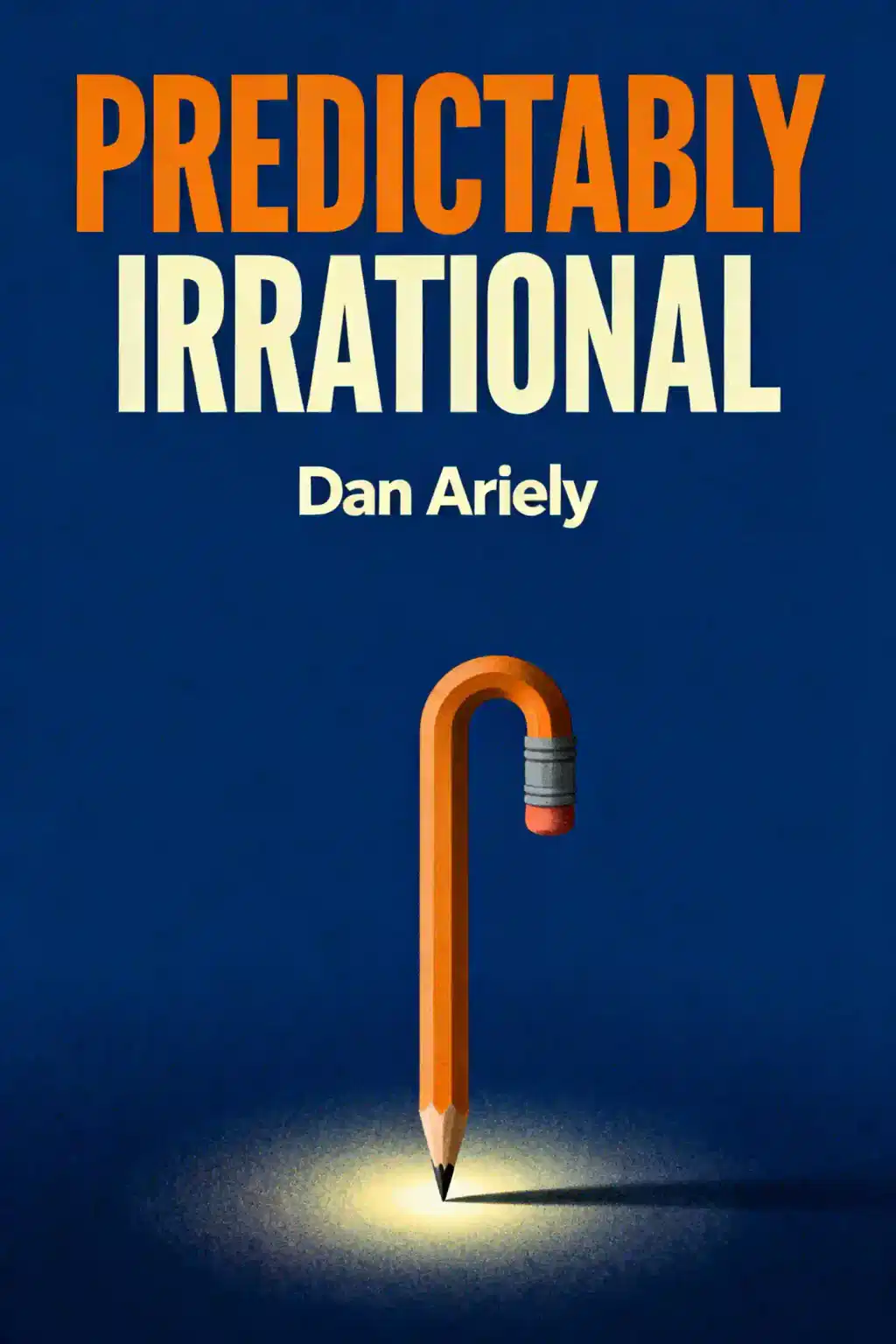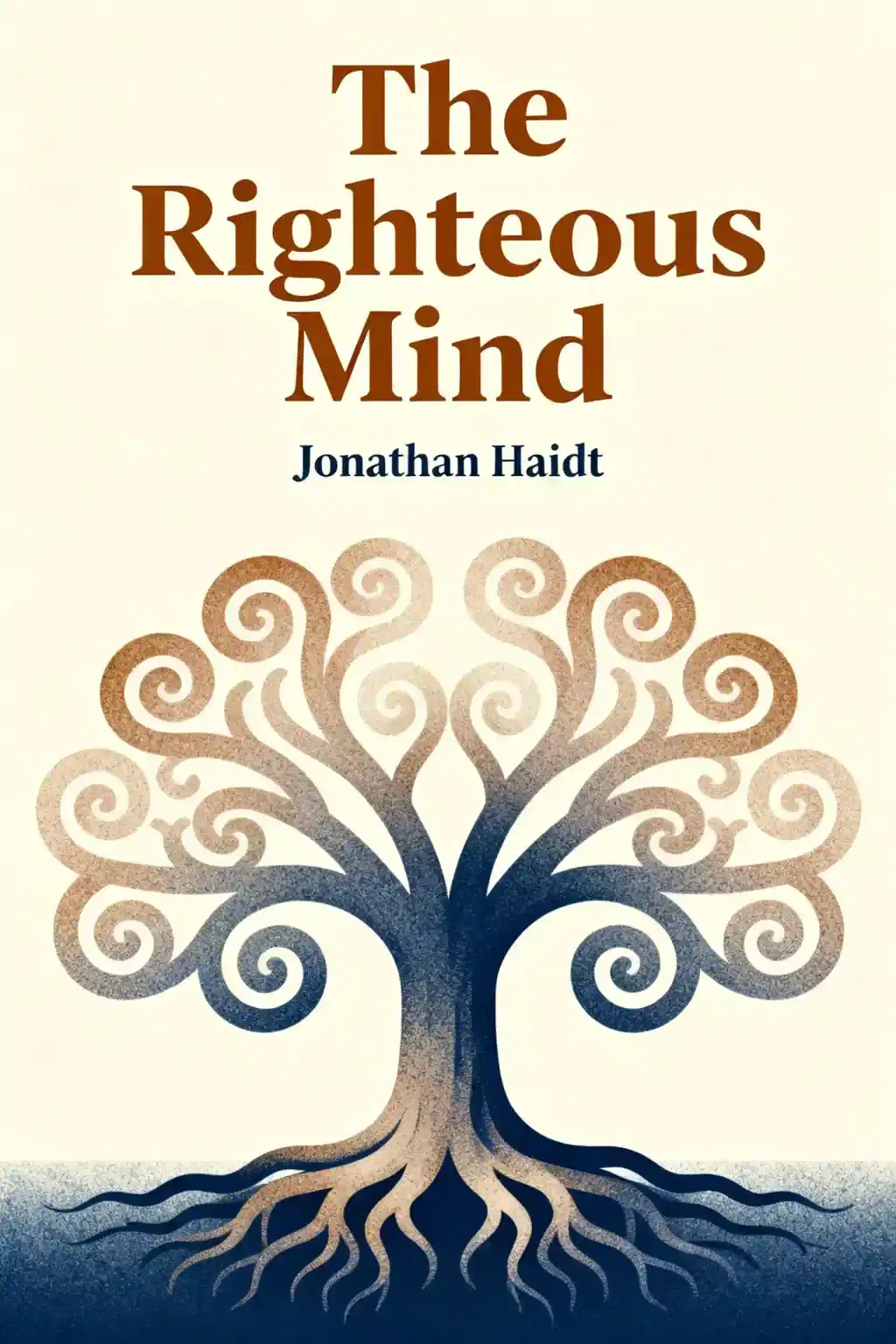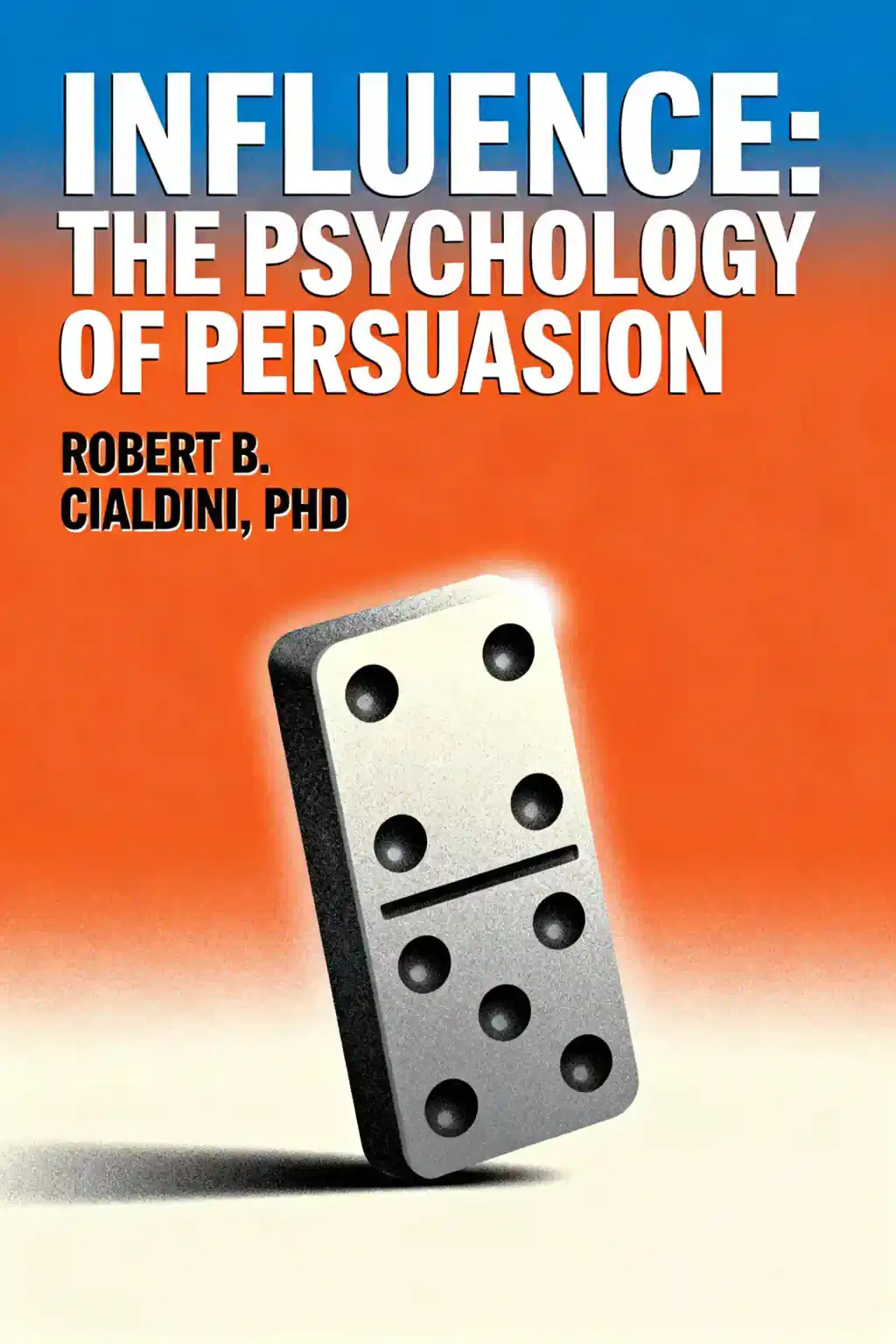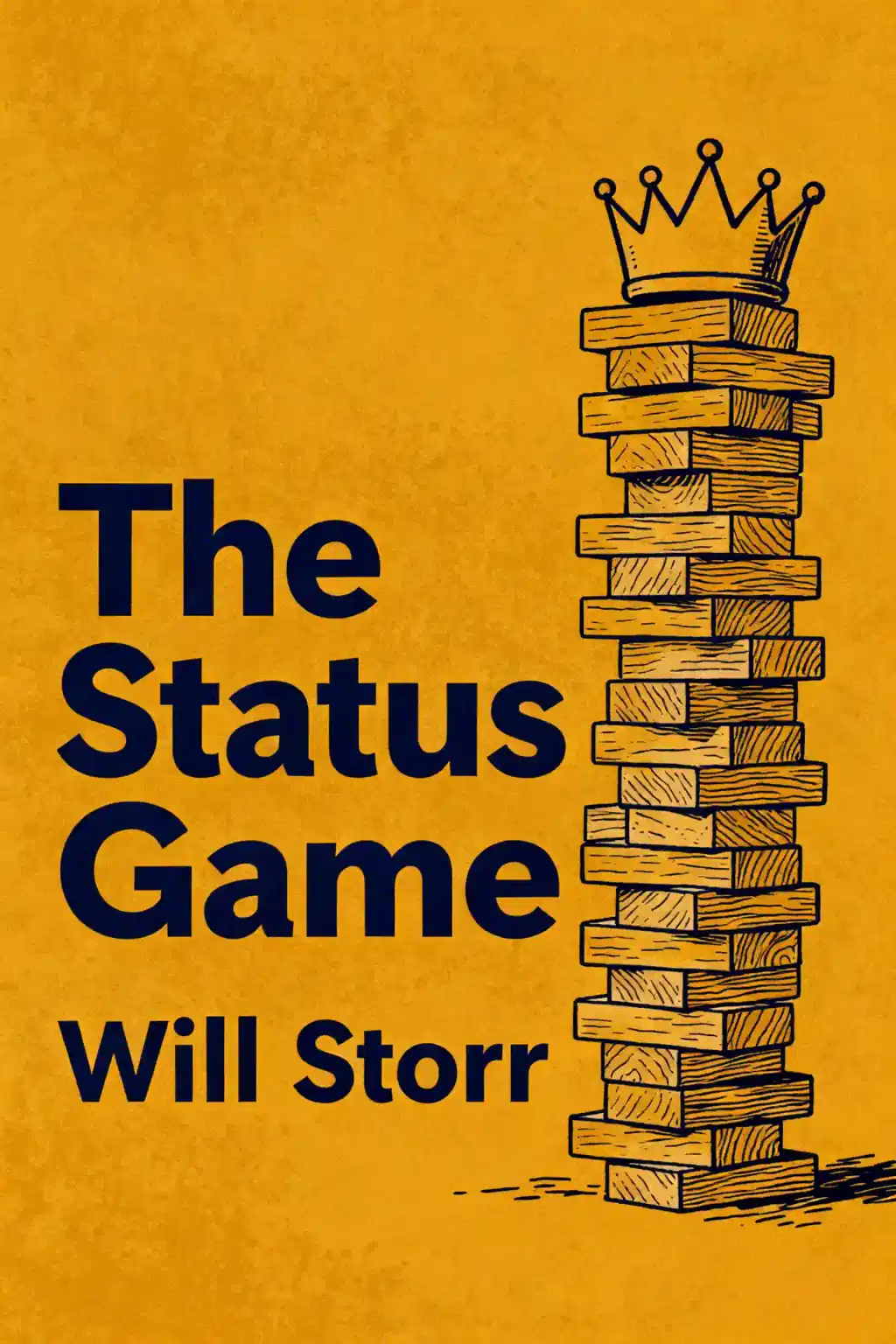What is
Sizing People Up by Robin Dreeke about?
Sizing People Up provides a practical framework for assessing trustworthiness and predicting behavior, developed by former FBI counterintelligence agent Robin Dreeke. The book outlines six criteria—vesting, longevity, reliability, actions, language, and stability—to evaluate individuals in personal and professional settings. Drawing on real-life FBI cases, Dreeke teaches readers to decode intentions and build reliable relationships.
Who should read
Sizing People Up?
This book is ideal for leaders, hiring managers, sales professionals, and anyone seeking to improve interpersonal judgment. Its techniques are particularly valuable for roles requiring trust assessment, such as negotiations, team building, or vetting partners. Readers interested in behavioral psychology or FBI-inspired strategies will find actionable insights.
Is
Sizing People Up worth reading?
Yes, for its unique FBI-based methodology and real-world case studies. While some reviewers note the dense structure, the six trust indicators offer a systematic approach to behavior prediction. The anecdotes about spy recruitment and betrayal prevention make it engaging, though critics argue it lacks universal applicability.
What are the six signs of trustworthiness in
Sizing People Up?
Dreeke’s six criteria are:
- Vesting: Shared stakes in outcomes.
- Longevity: Consistency over time.
- Reliability: Follow-through on commitments.
- Actions: Alignment between words and deeds.
- Language: Clarity and honesty in communication.
- Stability: Emotional and situational predictability.
How does
Sizing People Up help in hiring decisions?
The book’s framework helps employers assess candidates’ trustworthiness by analyzing past behavior (longevity), alignment between promises and actions, and emotional consistency. Dreeke emphasizes verifying claims through third-party references and observing patterns in reliability.
What criticisms exist about
Sizing People Up?
Critics argue the framework can feel overly analytical for personal relationships, and some concepts lack nuance for complex social dynamics. A few reviewers found the chapter organization confusing, though the FBI anecdotes are widely praised as highlights.
How does
Sizing People Up compare to
The Code of Trust by Robin Dreeke?
Both books focus on trust-building, but Sizing People Up emphasizes behavior prediction, while The Code of Trust outlines proactive strategies for fostering alliances. The former is more diagnostic; the latter offers prescriptive steps for leaders and negotiators.
Can
Sizing People Up improve workplace relationships?
Yes. The book teaches teams to identify reliable collaborators, address misaligned incentives (vesting), and communicate transparently. Managers can use the stability criterion to reduce conflict and promote accountability.
What real-life FBI examples are in
Sizing People Up?
Dreeke shares stories of assessing foreign spies, uncovering double agents, and recruiting informants. One case illustrates how inconsistent language and actions revealed a mole within an intelligence network.
How to apply the BAP framework from
Sizing People Up?
The Behavioral Analysis Program (BAP) involves:
- Observing verbal/nonverbal cues.
- Cross-referencing past behavior (longevity).
- Testing reliability through small commitments.
This method helps avoid rushed judgments in high-stakes scenarios.
Does
Sizing People Up work for personal relationships?
While designed for professional contexts, the principles apply to friendships and family dynamics. For example, assessing a partner’s reliability over time or identifying misaligned priorities (vesting) can strengthen personal bonds.
Why is
Sizing People Up relevant in 2025?
In an era of remote work and AI-driven communication, Dreeke’s human-centric approach helps navigate virtual trust-building challenges. The framework aids in detecting dishonesty in digital interactions and fostering accountability in hybrid teams.

















